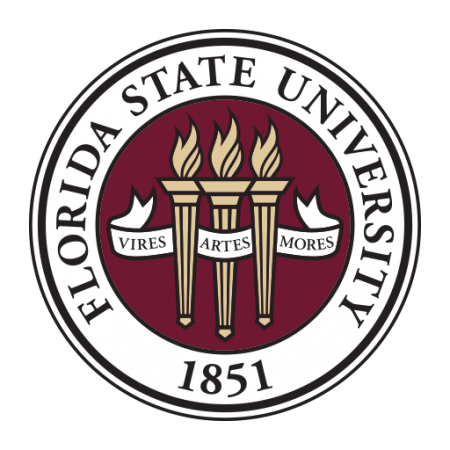
Do two objects of different weights accelerate at the same rate when you drop them?
Science has long told us yes, but members of the Florida State Department of Physics decided to have a little fun with a practical lesson to show students how it works.
Professor Simon Capstick ventured to the seventh floor of the Keen Building on Friday, which houses the department, with three watermelons and three apples.
“What we’re trying to do today is see if they will fall at the same time,” he yelled to the group assembled below.
To his students, who were among the people watching, he assigned them to calculate the speed when they hit the ground.
“It will be on the final,” he added.
Galileo established the theory that all objects in a given gravity field will accelerate at the same rate while falling, regardless of mass. During the Apollo 15 mission, Astronaut David Scott demonstrated the theory by dropping a hammer and a feather at the same time. The two items hit the moon’s surface simultaneously.
Capstick performed the watermelon-apple drop three separate times while being filmed by the university’s Learning Systems Institute (LSI). LSI will transform the footage into an educational video to be distributed to K-12 schools to explain the concept.
The experiment drew a crowd around the outside of the physics building that included Capstick’s class as well as Department Chair Horst Wahl and Robert O. Lawton Distinguished Professor Mark Riley.
Riley said the experiment had been a favorite activity of former Department of Physics Chair Jim Brooks, who passed away in late September.
When Capstick was ready to drop the two items, he asked the crowd to count down from five.
And then, he let go of the apple and watermelon.
As expected, the two items hit the ground at roughly the same time with a resounding splat.




